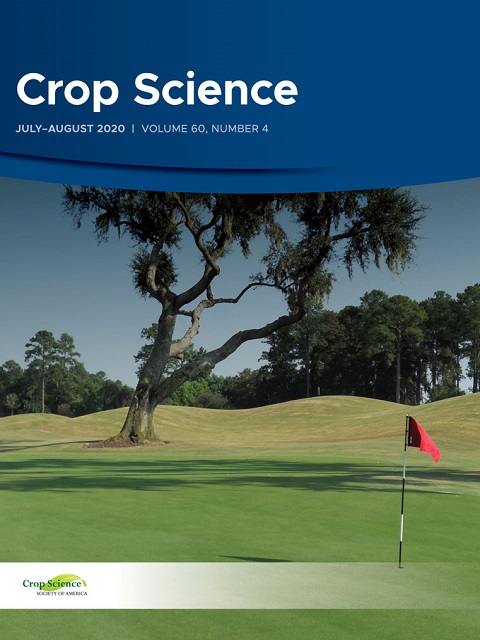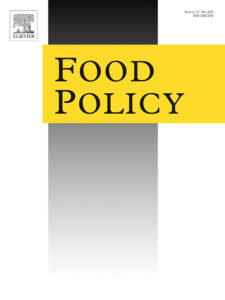Willow (Salix L.) species have good qualities for becoming a biomass crop for production of biofuels. They grow on marginal soils, produce high yields of wood in a short period of time, and are easily propagated. Salix is one of the few genera that may be cryopreserved as dormant winter buds (DBs) instead of using tissue culture techniques. The objective of our study was to evaluate selected factors that affect cryotolerance of nine Salix germplasm accessions in the USDA‐ARS National Plant Germplasm System collection. One‐year‐old branches harvested in January over 3 yr were cut into either 6‐ to 7‐ or 10‐cm segments containing at least two DBs. Segments were treated with a slow‐cooling procedure and stored in vapor‐phase liquid N (LNV). Control segments were stored at −5 °C until planting. The LNV‐exposed and the −5 °C‐stored nodal segments were warmed and directly planted in a cold greenhouse. Six weeks later, the material was evaluated for shoot and root development. Segments that developed a shoot were considered viable. Average viability varied among years (0–35.1%) even for the same accession, species (4.2–51.4%), and segment length. Dormant buds on 10‐cm segments had higher average viability (82.2%) than did DBs on 6‐ to 7‐cm segments (43.9%), suggesting higher suitability for cryopreservation. In the material studied, Salix DB viability was correlated with branch diameter, DB density, and the ability to develop shoots and roots prior to cryopreservation.
Salix dormant bud cryotolerance varies by taxon, harvest year, and stem‐segment length
Citation: Jenderek, M.M.; Ambruzs, B.; Holman, G.E.; Carstens, J.D.; Ellis, D.; Widrlechner, M.P. (2020). Salix dormant bud cryotolerance varies by taxon, harvest year, and stem‐segment length. Crop Science. ISSN 1435-0653. 60:4 pp. 1965-1973
2020-10-07
BIODIVERSITY FOR THE FUTURE, BREEDING, GENEBANK, GENETIC RESOURCES
journal_article



